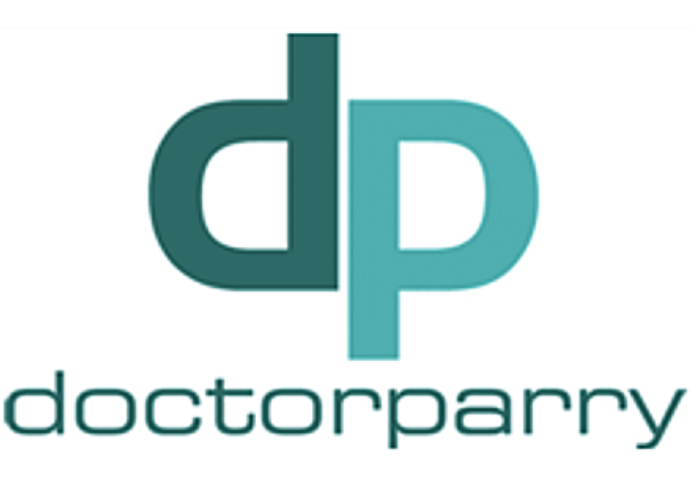Testosterone deficiency (TD)
Testosterone (T) is produced mainly in the testicles (95%) and also the adrenal glands (5%). While we regard it primarily as the hormone of maleness, it has receptors in just about every organ system and therefore deficiency can cause a wide array of symptoms.
TD is much more common than people think, and is unfortunately poorly understood and managed on the NHS. The main issue, assuming you can persuade your doctor that your symptoms might be caused by low T levels, is the interpretation of the result: the NHS “normal” range for T is between 7-25nmol/L.
This does not take into account what is normal for your age. T levels in men rise rapidly at puberty, peak in the 20’s and thereafter slowly decline. If a male aged 45 has a T level of 12, he would be regarded as within the normal range: whereas the normal T level in a fit healthy 45 year old would be about 20, so a level of 12 is significantly low.
Moreover, there is also another important hormone involved, sex hormone binding globulin (SHBG), to which most T (probably over 95%) is “fixed” and therefore inert. SHBG levels rise with age, making even less T available for the body’s use. So, in the context of possible TD, it is important to measure both T & SHBG levels.
The most common symptom of TD is erectile dysfunction. Loss of morning erections and lower libido are other frequent symptoms. Loss of vitality and/or motivation, agitation, poor sleep, depression, weight gain, inability to lose weight with exercise can also be present.
Causes of TD include testicular disease, serious/chronic disease, drug (including anabolic steroids) and alcohol abuse, chemo/radiotherapy, some prescribed medication, chronic stress, serious trauma. High SHGB levels result in less bio-available T. Often no specific cause is found. It is important to check T levels in the morning, when levels should be higher especially in younger men (and twice).
Full history and examination at initial consultation. Preliminary blood tests include full blood count, biochemistry, ST, SHBG, prolactin and PSA (prostate).
Management includes: improved lifestyle (exercise, diet, smoking, alcohol, drugs); reviewing medication which might be a contributory factor; and T supplementation. A high SHBG level requires treatment in its own right.
T supplementation is by creams/gels applied daily, or injection. The best is a slow-release injection called Nebido, though some patients prefer to self-administer prescribed shorter-acting injection, sustanon-250. For younger men, or those wishing to preserve fertility, a drug called clomifene (used in women to stimulate ovulation) can be prescribed on an “off-licence” basis; improvement tends to be slower, though.
Regular review is required: those having the nebido injection have to attend anyway as it cannot be self-administered. 1 month after initial consultation and then every 3-6 months. T levels at 3 months/as required, other blood tests annually.


